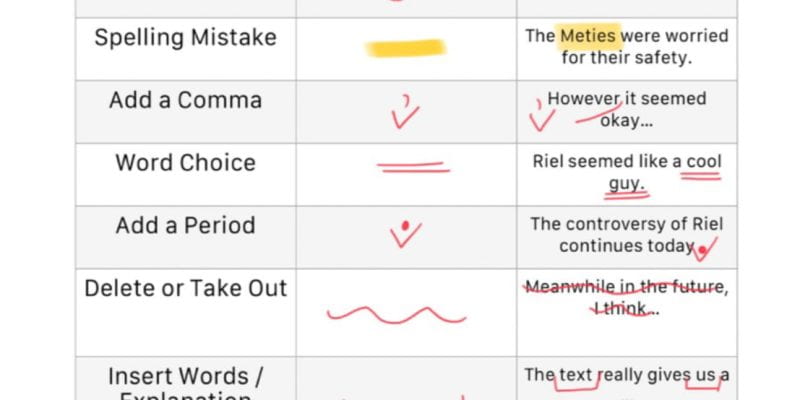Greeting my friends, we’re back at school; we just finished our first project, and you know what that means. It’s time for a blog post!
In this post, I’ll guide you though how diversity in the Canadian military improves the effectiveness of the army that keeps us here in Canada safe, and how we managed to express what we learnt in this project. So if your interested, keep reading!
This was a very big project, even spanning over two subjects! yes, you heard that right, this was the first joint project between Humanities and Maker and think it actually worked really well, but more on that later. The driving question we were trying to answer first this project was ‘Why does the world need more “Canada”?’
We started by learning about:
- Globalization: The process by which businesses or other organizations develop international influence or start operating on an international scale.
- How canada works towards peace & protects itself: We learned a bit about Canada’s military and peacekeeping operations, as well as all of the the alliances it’s in.
- Diversity in canada: …and how it benefits all Canadians
- Canadian Literature: how to analyze it and how it showcases Canadian identity
We were also tasked with watching the national every day, a Canadian news network to keep ourselves informed and then we were tasked with choosing one important thing that just happened or is happening in the world and lead a discussion about it. Here was what I found:
I think that my discussion went rather well, and It felt good to have a meaningful talk about some of the awful things going on in the world right now.
At the same time, in maker we were learning how to create a good podcast, and how to structure a story. We worked on how to edit audio clips, record clear audio, create music for a podcast and how to create a good podcast cover art.
My intro music:
My cover art (I made two versions):


Then, in humanities we chose a topic to write our final essay on. After a bit of brainstorming I decided to write my essay on diversity in the Canadian military and how it increases effectiveness within the Canadian armed forces.
First I had to create a thesis, and this went though many different iterations, and was probably one of the hardest parts of this entire project. Here were some of my drafts:
Then it was time for research. A lot of research. we even did an in class lesson on how to find reliable sources which I did actually find very useful. After I had my sources, It was time to begin writing my essay. I went though many different versions and iterations of my essay, changing grammar, spacing, spelling, formatting, and even entire sections or paragraphs. It was lot of work, and if we did it again I would definitely change how I wrote some of my initial drafts. I think it was a very good experience though, as I learned how to find sources hat supported my thesis which I think will be very important for me going in to higher grades. Currently I don’t have access to some of my earlier versions, but I will update my blog when I do. In the meantime here was one of my first drafts:
The Importance of Diversity in the Canadian Military.pdf
my next draft, now with proper formatting:
The Importance of Diversity in the Canadian Military .pdf
And with some polishing touches and final edits:
The Importance of Diversity in the Canadian Military v5.pdf
And then it was done! It was a lot of work but I was happy with my end product. It did really help me understand what it meant to be Canadian and what Canadian identity is. Then we began adapting our script to fit our podcast, first we put it into the three act structure:
And then we recorded our podcast! there was a lot of challenges to overcome, from microphone issues or speaking clearly to making it engaging, but I felt in control throughout the whole process and was pleased with my final result:
Or if you don’t have Spotify:
I was very with how it turned out, even if did take me an hour to figure out how to move the audio clips from my computer to my iPad.
I do actually feel that I learned a lot of valuable things throughout the course of this project such as how how to find evidence to support my claims, how to write a thesis, and how to edit a podcast as I talked about previously. Though our literature studies I also learned what Canadian identity is, and how a collective identity is created.
So now after all that work, why do I think the world needs more Canada? Well, I think that Canada sets a good example for the world in many things, and that if the rest of the world did things more like Canada, the world would be a better place.
Thank you very much for reading, I hope you also learned something or found this interesting, and I hope to see you again! Bye! 👋










































